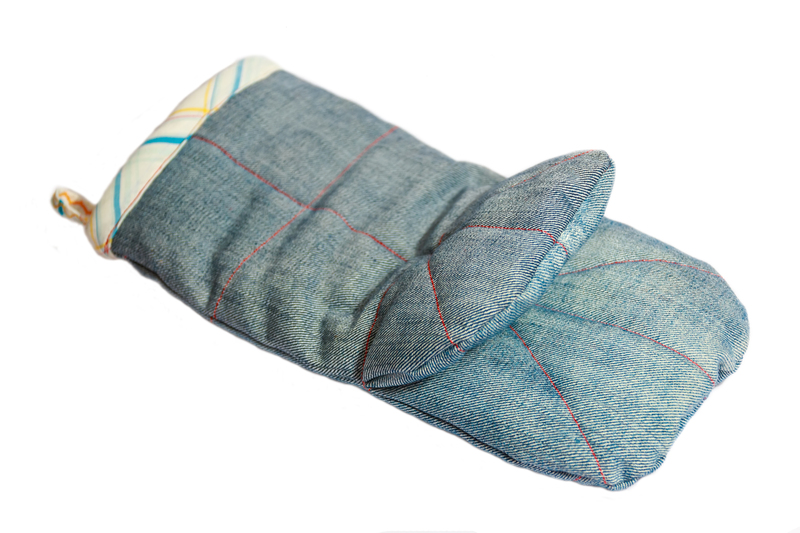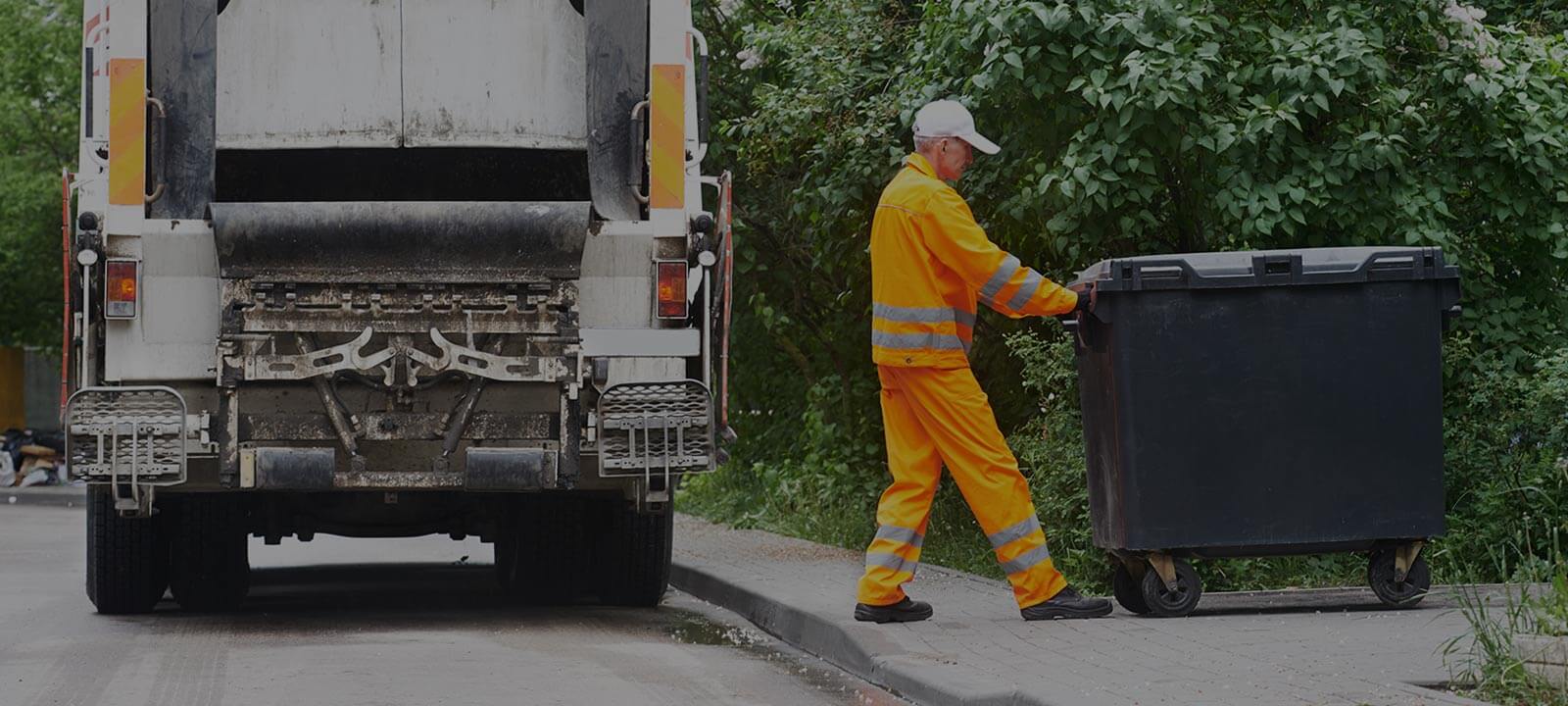Recycling Soft Plastics: Essential Advice
Posted on 14/10/2025
Recycling Soft Plastics: Essential Advice
Introduction to Soft Plastics Recycling
Soft plastics, such as plastic bags, wrappers, and films, are ubiquitous in our daily lives. However, they pose significant challenges when it comes to recycling due to their lightweight and flexible nature. Proper management and recycling of soft plastics are crucial in reducing environmental impact and promoting sustainability.

Types of Soft Plastics
Soft plastics encompass a wide range of items, including:
- Plastic bags (shopping, bread, and produce bags)
- Plastic wrappers (from snacks, candies, and bread)
- Film plastics (cling wrap, bubble wrap, and plastic packaging)
- Flexible plastic pouches (used for food, beverages, and household products)
Steps to Recycle Soft Plastics
Recycling soft plastics requires specific steps to ensure they are properly processed:
1. Collection
Collecting soft plastics separately from other recyclables is the first step. Use designated bins or bags for soft plastics.
2. Cleaning
It's essential to clean the soft plastics before recycling. Remove food residues and other contaminants to improve recyclability.
3. Sorting
Soft plastics should be sorted by type and color. Some recycling facilities have specific requirements for different types of soft plastics.
4. Compaction
Soft plastics need to be compacted to reduce their volume. This can be done through manual compression or using specialized machinery.
5. Transportation
Transport the compacted soft plastics to recycling centers that accept them. Not all recycling facilities process soft plastics, so it's important to find one that does.
Tips for Recycling Soft Plastics
Here are some useful tips to improve soft plastic recycling efforts:
- Reduce the use of soft plastics by opting for reusable alternatives
- Participate in local soft plastic recycling programs
- Encourage retailers to offer recycling drop-off points for plastic bags and films
- Educate your community about the importance of soft plastic recycling
- Support legislation that promotes the recycling and reduction of soft plastics
Pros and Cons of Recycling Soft Plastics
Pros
- Reduces environmental pollution and marine litter
- Conserves natural resources by reusing materials
- Lessens landfill waste
- Promotes a circular economy
- Creates jobs in the recycling industry
Cons
- Not all recycling facilities accept soft plastics
- Cleaning and sorting can be labor-intensive
- Contamination can hinder recycling processes
- Lower market value compared to rigid plastics
- Limited consumer awareness and participation

Takeaways
Recycling soft plastics is an integral part of reducing our environmental footprint. By understanding the types of soft plastics, following proper recycling steps, and implementing useful tips, we can make a significant impact. Despite challenges, the benefits of recycling soft plastics far outweigh the drawbacks.
Conclusion
Recycling soft plastics may seem daunting, but it is a necessary step toward a sustainable future. Through collective effort and awareness, both consumers and businesses can contribute to effective recycling practices. By addressing the pros and cons and following the tips provided, we can enhance soft plastic recycling and support a healthier planet.






